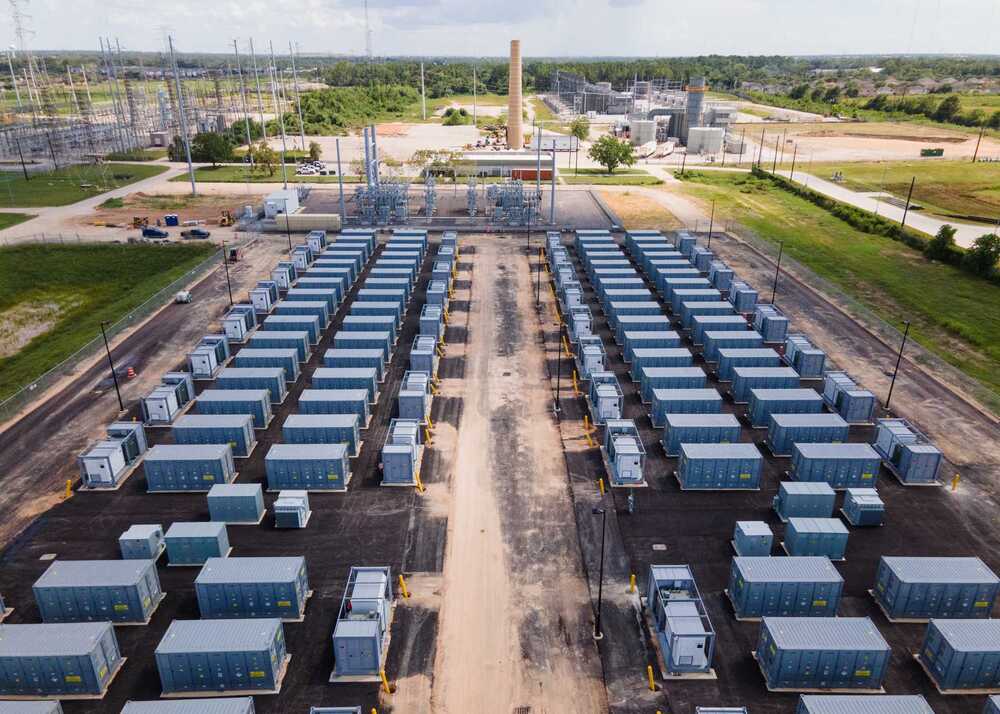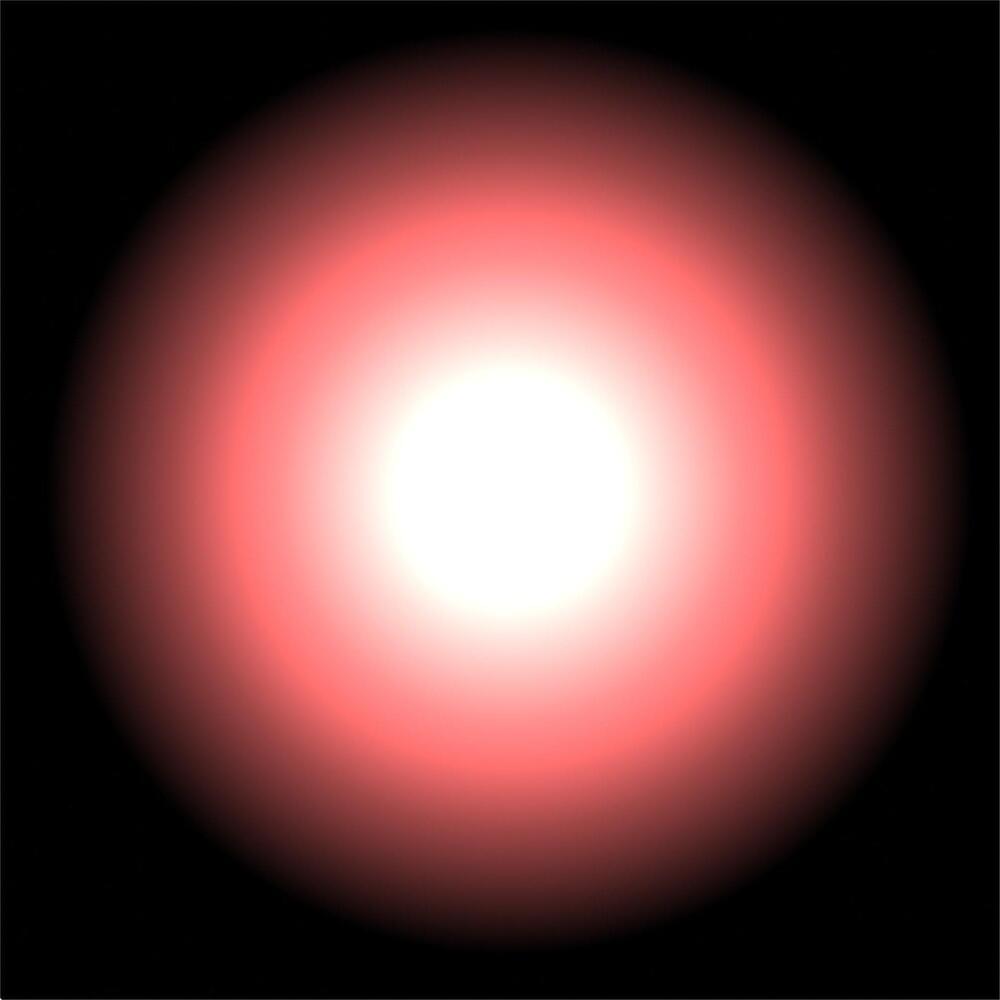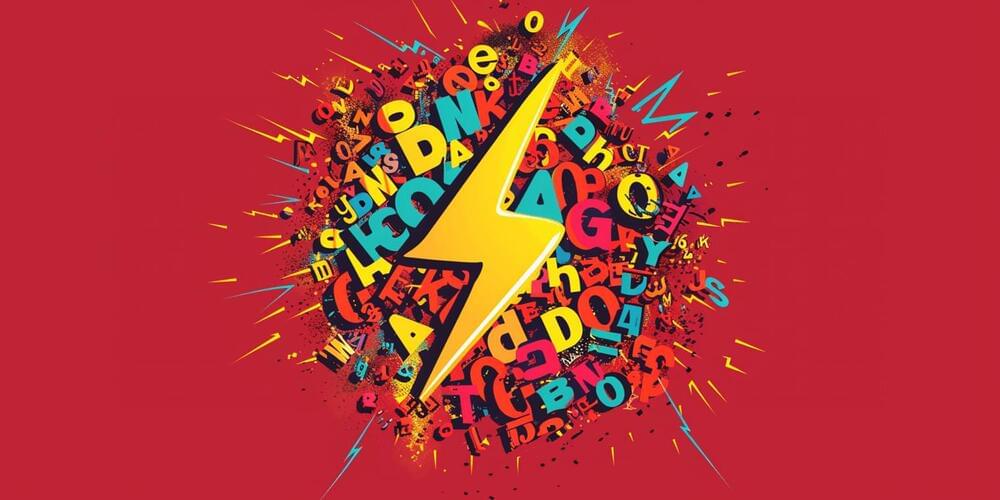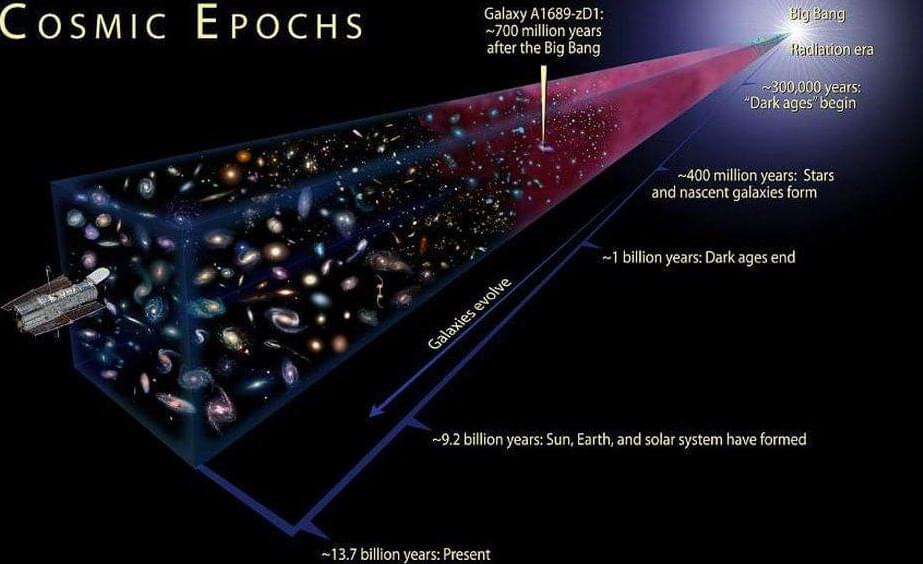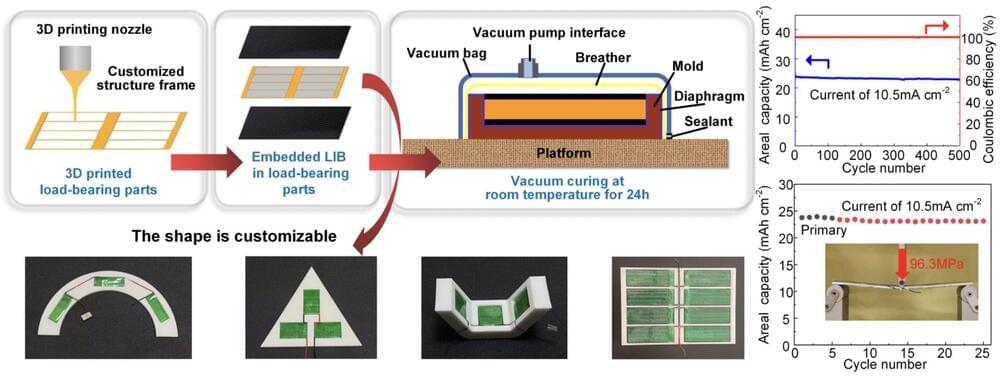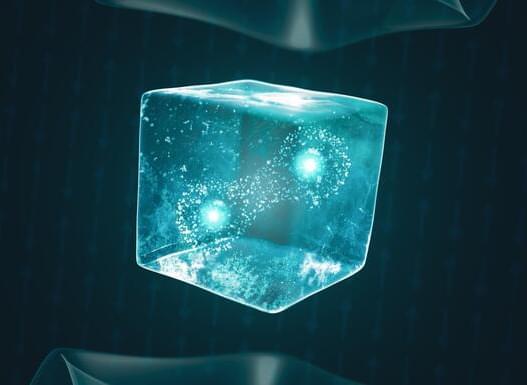Jupiter Power, an Austin-based energy developer, owns and operates the project at Hiram Clarke Road and U.S. 90 at the site of the former H.O. Clarke gas-fired power plant. It’s a 200-megawatt facility, enough to power 50,000 Texas homes during the hottest summer days, with the ability to discharge power at maximum capacity for two hours.
On any given day, the Houston area must import about 60% of its needed electricity from other parts of the state where power plants are more plentiful. This often results in a phenomenon known as congestion: Low-cost electrons are clogged on power lines into Houston much like commuters on the highway during rush hour, which raises the wholesale cost of electricity in the region. These wholesale price spikes are initially paid by retail electric providers and can eventually be passed onto consumers.
